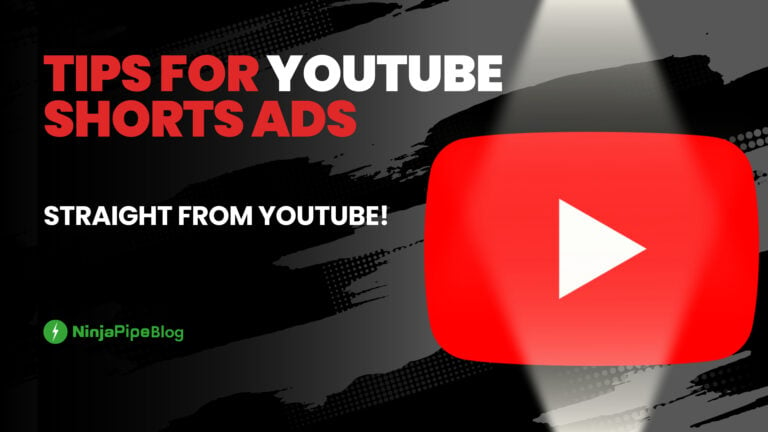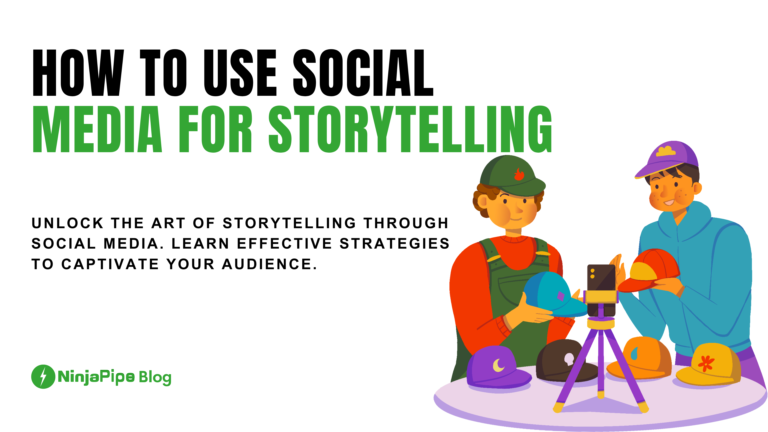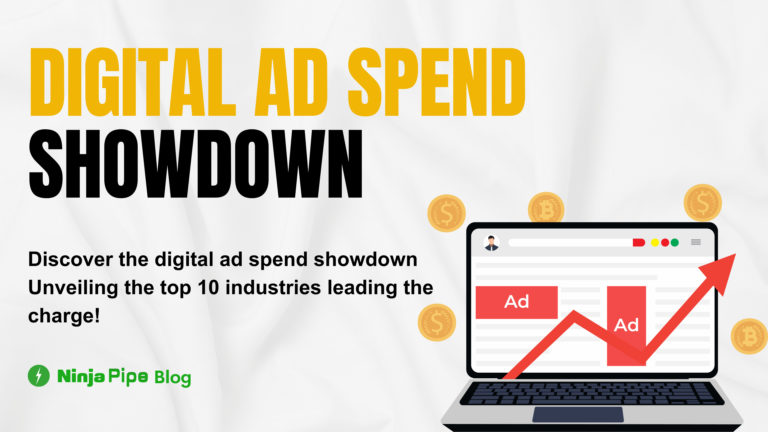Explore the world of ad types on Meta platforms. Maximize your advertising potential with this comprehensive guide.
Introduction:
In today’s digital landscape, advertising on social media platforms has become a cornerstone of marketing strategies. While TikTok’s ad revenues are on the rise, Meta, the parent company of Facebook and Instagram, continues to dominate the social media advertising space. According to our forecast, Meta is expected to account for a staggering 75.0% of the total US ad dollars spent on social media this year, firmly establishing Facebook and Instagram as the reigning kings of social ad spend.
Understanding Meta’s Ad Types:
Meta offers a diverse range of ad types, each designed to cater to specific advertising objectives. Let’s delve into the various ad formats available to advertisers on the Meta platform:
1. Photo Ads:
What Are They? Photo Ads are precisely what their name suggests—single images accompanied by a small amount of text. Advertisers can easily create these ads by transforming their Facebook Page posts into paid image advertisements.
When Is This Format Useful? Photo Ads are ideal for campaigns aimed at driving traffic to your website or conveying a straightforward message through the classic combination of a compelling image and concise text.
2. Video Ads:
What Are They? Video Ads incorporate video content along with a brief text component. These ads can be generated by creating content exclusively for ads or by repurposing existing content into video format. There are several subtypes of video ads, as outlined below.
When Is This Format Useful? Video Ads are effective when advertisers aim to entertain their audience or convert dynamic creator-driven content into paid advertisements.
3. Slideshow Ads:
What Are They? Slideshow Ads are a variant of video ads that feature multiple images accompanied by music and text.
When Is This Format Useful? Slideshow Ads provide an entertaining dynamic similar to videos, making them a cost-effective alternative when time and resources are limited. They can be swiftly created using existing or stock images.
4. Carousel Ads:
What Are They? Carousel Ads are akin to video ads, but they allow users to scroll through up to 10 different images and click on image-specific links, accompanied by minimal text.
When Are They Useful? Carousel Ads are valuable for showcasing multiple products and enticing users to explore specific product pages. They also promote active engagement through interactive swiping.
5. Collection Ads:
What Are They? Collection Ads typically consist of a primary video or image alongside a grid of three smaller images and concise text.
When Are They Useful? Collection Ads, available in templates like Instant Storefront, Instant Lookbook, and Instant Customer Acquisition, encourage users to click and discover more about your offerings.
6. Playable Ads:
What Are They? Playable Ads enable users to test mobile games directly within their News Feeds or Stories.
When Are They Useful? Playable Ads are instrumental in driving user engagement for mobile games or applications by allowing users to experience them firsthand.
7. Messenger Ads:
What Are They? Messenger Ads come in several forms, including ads that appear between conversations, ads within stories on the Messenger inbox, and ads on Facebook and Instagram that link to Messenger, where users can interact with businesses directly.
When Are They Useful? Messenger Ads are a valuable tool when seeking to engage with Meta users beyond the realms of Facebook and Instagram.
Conclusion:
As the advertising landscape continues to evolve, Meta’s social media platforms—Facebook and Instagram—remain dominant players in the field, accounting for the lion’s share of ad spend. To craft a successful social ad strategy, it’s essential to leverage the diverse ad types offered by Meta, ensuring that your campaigns effectively engage users across mobile platforms. By harnessing the power of these ad formats, advertisers can navigate the ever-changing digital advertising landscape and make meaningful connections with their target audiences.








Leave a Comment